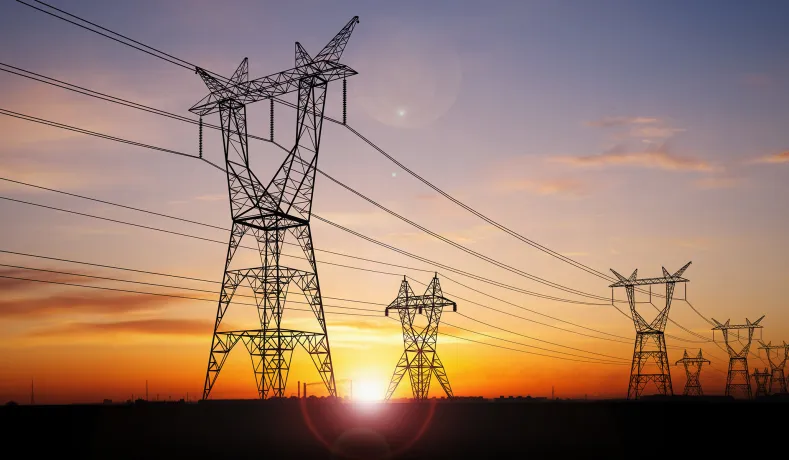Mozambique connected over 560,000 households to electricity in 2024, raising national energy access to 60 percent, up from 53.4 percent in 2023. The Ministry of Finance announced the achievement as part of ongoing efforts to expand energy coverage and improve living conditions.
According to the budget execution report, 563,800 new connections were made last year. Of these, 395,600 were linked through the national electricity grid, while 170,100 were powered by renewable sources like solar and wind. This approach supports the government’s plan to use diverse and sustainable energy sources.
The report also highlighted the completion of the first 40 kilometers of the 400-kilovolt (kV) high-voltage transmission system. This new infrastructure connects the northern and southern regions through key points, including Temane, Maputo, Chimuara, and Alto Molócue. It aims to make electricity distribution more reliable and efficient.
These connections are part of the ‘Energy for All’ program, managed by Electricidade de Moçambique (EDM) and the Energy Fund (FUNAE). The program aims to provide electricity to all Mozambicans by 2030. It follows the National Electrification Strategy (ENE), which was approved by the Council of Ministers in 2018. The strategy focuses on renewable energy and better infrastructure to meet growing demands.
The National Statistics Institute (INE) reported steady growth in electricity production over the last five years. The country’s output increased from 18,700 Gigawatt hours (GWh) in 2019 to 19,700 GWh in 2023, showing a 5.3 percent rise. This growth was mainly due to renewable energy sources, with hydroelectric plants generating 82.7 percent of the electricity produced in 2023.
Mozambique’s progress in expanding electricity access highlights its commitment to economic growth and sustainable development. As the country moves toward its 2030 goal of universal energy access, its focus on renewable energy and improved infrastructure will play a crucial role.


